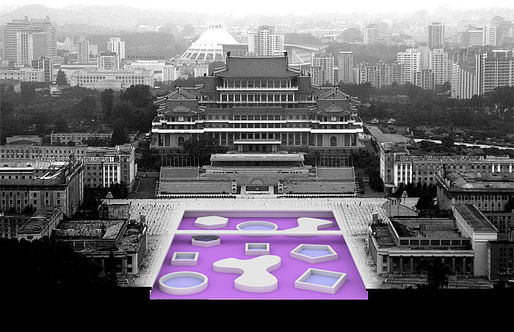

I foresee that major urban spaces of Pyongyang, such as Kim Il Sung Square, will be used as “public” space with a greater variety of urban activities, such as commercial activities and show events. [...]
The last thing that may happen in North Korea, or the thing that should not happen in some sense, is the Chinese model. Considering the scale of the economy and the potential of the North Korean market compared to China, it is hard to picture radical and massive urban development in Pyongyang.
— NK News
Part two of NK News' interview with Dongwoo Yim pushes the discussion of North Korean urbanism into the future, comparing potential development methods to those seen in China and South Korea. Focusing on capital Pyongyang, Yim proposes a "Bilbao effect" development strategy that is heavy on catalytic architecture, and soft on strategy -- Pyongyang has very strict development restrictions that keep it from expanding, and will not be remodeling its mass-demonstration public spaces anytime soon.
Yim suggests that those spaces can be relevant in a post-dictatorship North Korea, and that they should be re-appropriated rather than razed for their history. How a hypothetical reunification with South Korea would look depends on how North Korean statehood is interpreted, as either autonomous or an infringement on South Korean land. But the prevailing lesson in Yim's interview is that Pyongyang is not going to be another Seoul, Guangzhou or Shenzhen, and will ultimately have to rely on its own development guide.
No Comments
Block this user
Are you sure you want to block this user and hide all related comments throughout the site?
Archinect
This is your first comment on Archinect. Your comment will be visible once approved.